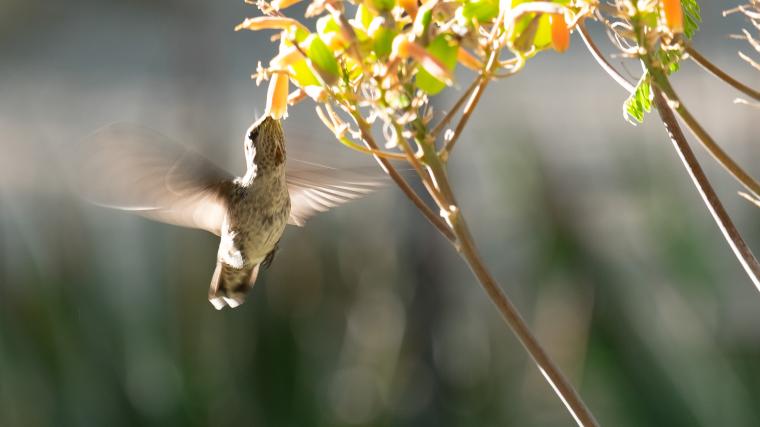
In a nutshell
The advance in the timing of spring events is well documented in scientific research. However, changes have not been the same for all species and can even differ among populations of the same species in distinct locations. There have also been conflicting results from studies that looked for evidence of phenological mismatches, defined as instances where species interactions are disrupted because the timing of events in plant and animal life cycles have not shifted in the same way over time.
To better understand how plant and animal species across the globe are responding to climate change, a team of researchers compiled an extensive dataset of phenology observations from the published literature and from phenology networks including USA-NPN. The authors estimated whether the average date that a life cycle stage occurs has shifted since 1980 and assessed the role of temperature or precipitation in the shifts. They also explored whether climate change increased the likelihood of phenological mismatches for species that occur in the same location. For instance, is climate change reducing overlap between flowering plants and insect pollinators?
The authors found that for plants, spring and summer events like leaf out, flowering, and fruiting are occurring earlier than they did 40 years ago. The effects of increased temperatures on plants appear to accumulate throughout the growing season, so later stages like flowering and fruit ripening advanced faster than earlier stages. In contrast, the timing of leaf fall has not shifted with climate change, which means that on average, plants are retaining their leaves for a longer period each year. Overall, climate had much weaker effects on the timing of events in animal life cycles, suggesting that photoperiod or resource availability may play a larger role in animal occurrence and activities than increased temperatures. Given different responses of plant and animal species to climate change, it was not surprising that the authors found evidence of emerging mismatches between interacting species. For instance, insect-pollinated plants are flowering earlier in the year, but the activity of their insect pollinators does not seem to be shifting earlier in the year to the same extent. If this pattern continues, it could reduce pollinator visits to plants that flower early in the season.
What is special about this study?
Many climate change studies focus on a limited number of species or pairs of species in a local community. By aggregating data from more than 2,000 species of plants and animals across the globe, thanks in part to the data collected on hundreds of species by Nature’s Notebook observers, this study explores questions about shifts in the timing of life cycle events and potential mismatches between plants and animals at an unparalleled scale.
What does this mean for YOU?
The findings of this study give us a better understanding of the impacts of climate change on phenology and species interactions on a global scale. They confirm results from smaller studies that found plants are more sensitive to the effects of warming, leading to earlier leaf out, flowering, and fruiting. Their results also suggest that climate change could pose a growing threat to important interactions between plant and animal species. More data and research may better estimate shifts in the timing of important ecological events and help us understand how species interactions might evolve in the face of climate change.
Citation: Lang, W., Y. Zhang, X. Li, F. Meng, Q. Liu, K. Wang, H. Xu, A. Chen, J. Peñuelas, I.A. Janssens, and S. Piao. 2025. Phenological divergence between plants and animals under climate change. Nature Ecology & Evolution. https://doi.org/10.1038/s41559-024-02597-0